The Silver Rail Tavern in the 1950s, located at 225-227 Yonge Street. Toronto Archives, F1257, S1057, item 073.
The last time that I visited the Silver Rail Tavern was in 1995, when an elderly aunt and I visited it for lunch. I chose “the Rail” as I knew that when she had been younger, it was one of her favourite places to dine and enjoy a drink. She was thrilled with my choice, as she had not been inside it for many years. When she stepped in the door, she gushed, “It’s exactly as I remember it. Oh! how I enjoyed sipping the Manhattans here.” The Silver Rail did indeed change very little since it first opened, and this was one of it’s charms.
The Silver Rail was the first bar in Toronto that received a liquor license from the LLBO when Premier George Drew, on April 2, 1947, relaxed the laws governing alcohol. Prohibition had ended in 1927, but there remained many restrictions, such as alcohol only being served in public places if it were purchased with food. It was common to see a person having a beer in a licensed establishment, a small sandwich or other low-cost item from the menu on the table, but untouched. The new law made it possible to order a beer or a glass of wine without ordering food. However, when the Silver Rail opened, no women were allowed to sit at the bar, and only one drink per person was permitted on the tables at a given time.
Previous to the Silver Rail, on the site had been Muirhead’s Bar and Cafeteria. Its ground-floor space was designed by N. A. Armstrong in 1934, and it included a long bar that extended the entire length of the room. It was aligned with the north wall. Patrons were able to sit at the bar to eat or have a drink. Along the south wall, there were rows of tables. A silver-coloured rail, located beside the stairs that led to the lower level, provided the inspiration for the name of the new bar that opened on the same site— the Silver Rail.
It was In 1947 that Louis David Arnold and Michael P. Georges opened the Silver Rail, each investing $50,000 in the enterprise. It was located in the southwest corner of the ground floor of the Ryrie Building, which was on the northeast corner of Yonge and Shuter Streets. The owners of the Silver Rail maintained the basic layout that Armstrong had created for Muirhead’s Bar, but on the south wall, instead of tables, they installed curved booths. In the lower level (basement) of the Rail, there was a classy restaurant, its decor elegant, with immaculate white table clothes. The waiters carried silver water jugs, and were attired in formal white jackets, and black trousers. The restaurant featured live music on weekends, and it was said that on one occasion, Oscar Peterson gave an impromptu performance on its baby grand piano. It was in this restaurant that my aunt and I enjoyed lunch in 1995.
The Silver Rail was renown for its excellent cuisine, specializing in steaks, roast beef, and seafood. In the 1940s and 1950s, these were the usual items on restaurant menus in Toronto, as they were based on traditional British fare. The dishes were popular, even though they were rather basic if compared with the city’s multi-ethnic and gourmet menus of today. The bar more than compensated for the lack of variety in food, as it stocked a large assortment of whiskies, brandies, champagnes and a wide range of cocktails. The year it opened, highballs were 45 cents. Its location was close to Massey Hall, around the corner on Shuter Street. This made it a favourite for a drink, either before, or after a concert or event. The first month The Rail was open, it earned $90,000 in profits.
In 1948, the artist Eric Aldwinckle was commissioned to paint a large mural for the bar. During the 1950s, the Rail was a favourite of the employees of Eaton’s and Simpsons stores. A friend of mine who worked at Simpson’s in the 1950s, was paid 60 cents an hour. Sometimes he splurged and had lunch at the Rail, paying $1.50 for spaghetti. He considered this to be “high living.” The tavern closed in 1998, and when the space was renovated for a new tenant, Aldwinckle’s mural was lost.
My aunt was saddened by the closing of the Silver Rail. Then, only two restaurants remained that she had visited in her younger days — Fran’s (famous for its rice pudding) and the Old Mill in Etobicoke (well known for dining and dancing).
Sources: www.blogto lost-toronto.blogspot www.mountpleasantgroup.com (Mike Filey) www.theglobeandmail.com torontoist.com “Toronto Architecture—A City Guide,” by Patricia McHugh
Muirhead’s classic Art Deco facade in June 1934. Photo from Construction Magazine, Vol. 27, in the collection of the Toronto Public Library.
The Silver Rail Tavern, which maintained many features of the facade of its predecessor, Muirhead’s. Photo from the Ontario Archives.
The mural painted in 1948 by Eric Aldwinckle. Photo by Michael McClelland.
View looking north on Yonge Street from Shuter Street in 1949. The street is covered with thick timbers to allow the digging of the subway below. The marquees of the Imperial and Downtown Theatres are visible in the distance, to the north of the Ryrie Building where the the Silver Rail was located. Toronto Archives, S 381, fl 0019, id 6288-2.
The Ryrie Building in 1950, on the northeast corner of Shuter and Yonge Streets. Toronto Archives, F 1257, S1057, item 0738.
The Ryrie Building and the Silver Rail on May 11, 1977. Toronto Archives, Fonds 1526, fl 0004, item 001.
The camera is pointed north on Yonge Street in 1980. The Ryrie Building and the Silver Rail can be seen. On the left, a portion of the Eaton Centre is visible. Toronto Archives, Fonds 124, fl 0003, id 0127.
Gazing south on Yonge Street from a short distance north of Shuter Streets. Toronto Archives, S1465, f 1305, Item 0002.
The space in 2014 at Yonge and Shuter Streets, in the Ryrie Building, where the Silver Rail was located.
To view the Home Page for this blog: https://tayloronhistory.com/
For more information about the topics explored on this blog:
https://tayloronhistory.com/2016/03/02/tayloronhistory-comcheck-it-out/
Books by the Blog’s Author
“Toronto’s Theatres and the Golden Age of the Silver Screen,” explores 50 of Toronto’s old theatres and contains over 80 archival photographs of the facades, marquees and interiors of the theatres. It relates anecdotes and stories by the author and others who experienced these grand old movie houses.
To place an order for this book, published by History Press:
Book also available in most book stores such as Chapter/Indigo, the Bell Lightbox and AGO Book Shop. It can also be ordered by phoning University of Toronto Press, Distribution: 416-667-7791 (ISBN 978.1.62619.450.2)
Another book on theatres, published by Dundurn Press, is entitled, “Toronto’s Movie Theatres of Yesteryear—Brought Back to Thrill You Again.” It explores 81 theatres and contains over 125 archival photographs, with interesting anecdotes about these grand old theatres and their fascinating histories. Note: an article on this book was published in Toronto Life Magazine, October 2016 issue.
For a link to the article published by |Toronto Life Magazine: torontolife.com/…/photos-old-cinemas-doug–taylor–toronto-local-movie-theatres-of-y…
The book is available at local book stores throughout Toronto or for a link to order this book: https://www.dundurn.com/books/Torontos-Local-Movie-Theatres-Yesteryear
Another publication, “Toronto Then and Now,” published by Pavilion Press (London, England) explores 75 of the city’s heritage sites. It contains archival and modern photos that allow readers to compare scenes and discover how they have changed over the decades. Note: a review of this book was published in Spacing Magazine, October 2016. For a link to this review:
spacing.ca/toronto/2016/09/02/reading-list-toronto-then-and-now/
For further information on ordering this book, follow the link to Amazon.com here or contact the publisher directly by the link below:
http://www.ipgbook.com/toronto–then-and-now—products-9781910904077.php?page_id=21
![1950s f1257_s1057_it0738[1] - Copy 1950s f1257_s1057_it0738[1] - Copy](https://tayloronhistory.com/wp-content/uploads/2016/10/1950s-f1257_s1057_it07381-copy_thumb.jpg)
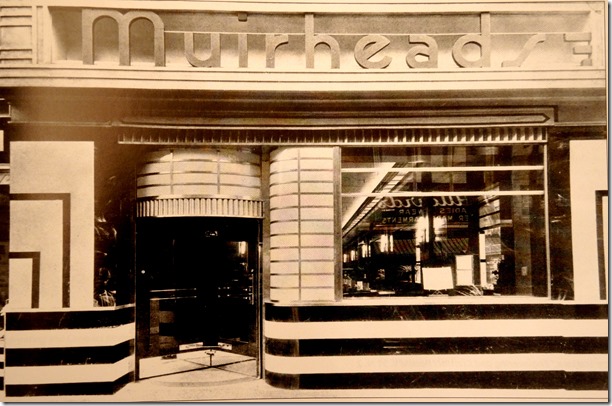

![DSCN4680[1] DSCN4680[1]](https://tayloronhistory.com/wp-content/uploads/2016/10/dscn46801_thumb.jpg)
![1949 S 381, Fl0019, id 6288-2 [1] 1949 S 381, Fl0019, id 6288-2 [1]](https://tayloronhistory.com/wp-content/uploads/2016/10/1949-s-381-fl0019-id-6288-2-1_thumb.jpg)
![1950s f1257_s1057_it0738[1] 1950s f1257_s1057_it0738[1]](https://tayloronhistory.com/wp-content/uploads/2016/10/1950s-f1257_s1057_it07381_thumb.jpg)
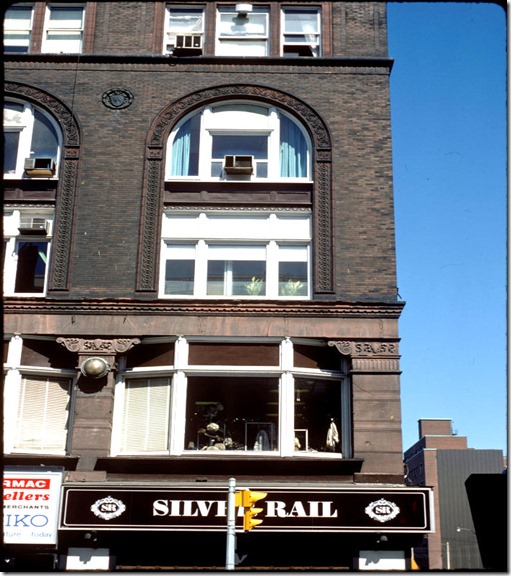
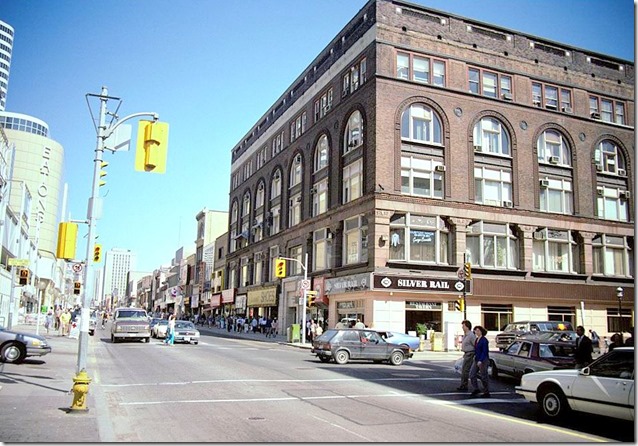
![S 1465, Fl305, It 0002 Rail-South[1] S 1465, Fl305, It 0002 Rail-South[1]](https://tayloronhistory.com/wp-content/uploads/2016/10/s-1465-fl305-it-0002-rail-south1_thumb.jpg)
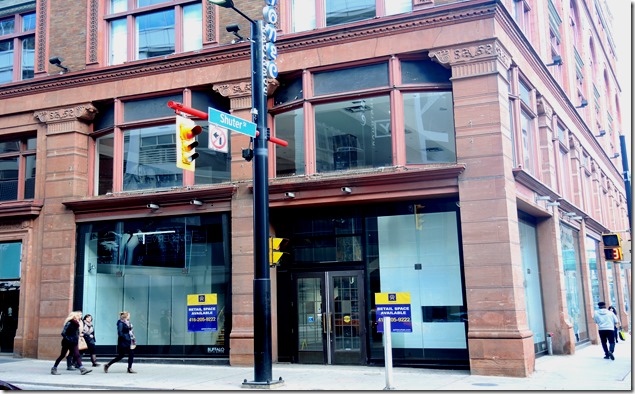
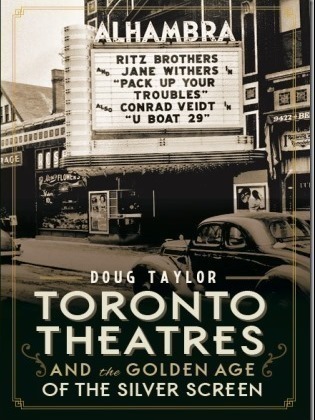
![image_thumb6_thumb_thumb_thumb_thumb[1] image_thumb6_thumb_thumb_thumb_thumb[1]](https://tayloronhistory.com/wp-content/uploads/2016/10/image_thumb6_thumb_thumb_thumb_thumb1_thumb1.png)



OMG. I remember this place with my parents in the mid 60s to mid 70s. I remember going down stairs to a dark room. I hope this is the same restaurant. Others my parents like was Ed’s and a German restaurant called The Rathaus. It was under the train station.